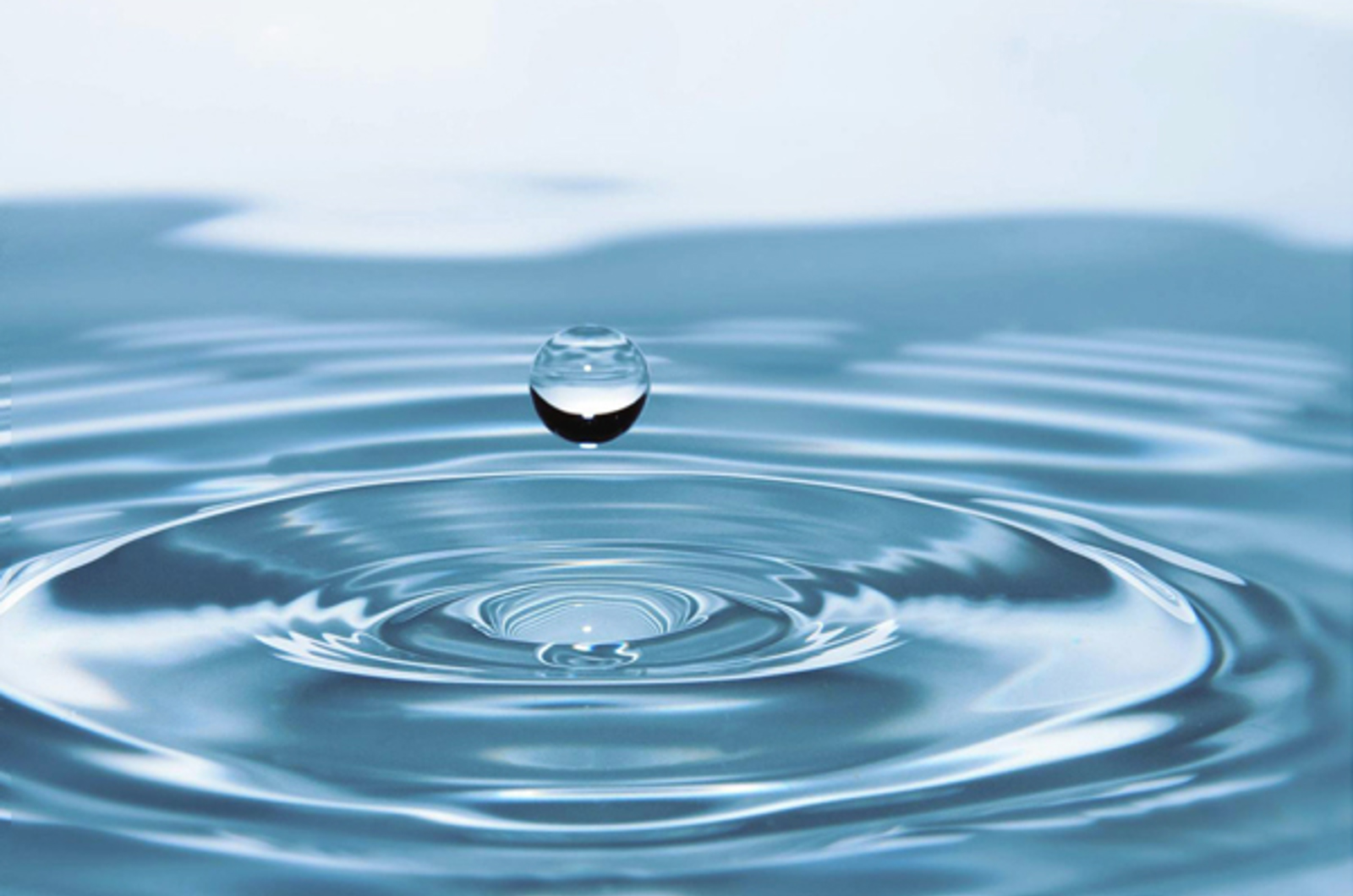Chromatographic Analysis of PFAS: Method Development and Optimization
Per- and poly-fluoroalkyl substances (PFAS) are a large group of nearly 15,000 synthetic compounds characterized by a fluorinated alkyl chain. The US Environmental Protection Agency (EPA) has been pursuing the reduction of PFAS emissions since 2004. As legacy PFAS were phased out, a new generation of compounds known as “Emerging PFAS” were introduced as a replacement. Engineered to have shorter half-lives and faster bioelimination, emerging PFAS have nonetheless raised concerns about toxicity and environmental impact. Several methods exist for monitoring PFAS in water and soil, generally variations on official methods developed by EPA and ASTM (American Society for Testing and Materials). No official methods exist for air monitoring yet, although adaptations of EPA air collection methods and European method CEN/TS 13649 have been proposed.
All analytical techniques are affected by the ubiquitous presence of PFAS in the environment and in industrial products. Indeed, instrument components, apparatuses, lab consumables, even skin products worn by the analyst can be potential sources of interfering PFAS. Besides current approaches to developing highly robust and sensitive methods, this presentation will also discuss best practices to eliminate or minimize the impact of these sources of interference.
Topics include:
- Introduction to per- and poly-fluoroalkyl substances (PFAS)
- Development of robust and sensitive methods for PFAS analysis
- Strategies to minimize/eliminate method interferences

